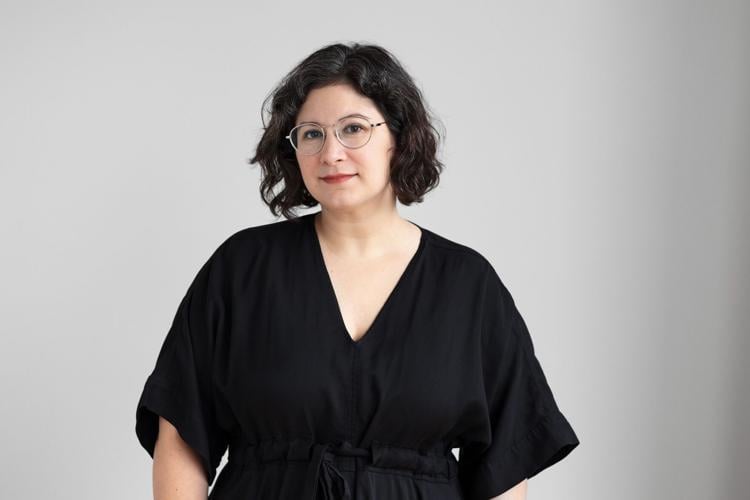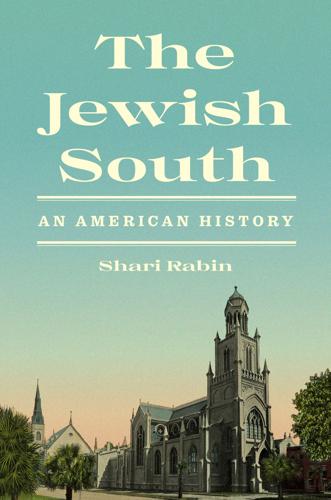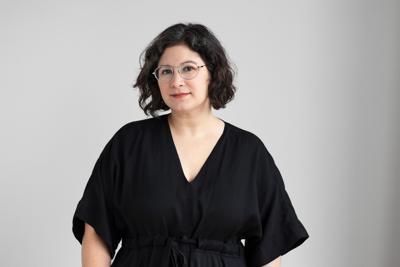“The Jewish South” by Shari Rabin, Princeton University Press, 296 pages
Charleston, South Carolina, it might come as a surprise, was once the center of Jewish life and culture in the United States, hosting the nation’s largest population of Jews — numbering around 800 in the 1820s — and one of the oldest synagogues in the Americas, Kahal Kadosh Beth Elohim, built by enslaved labor in 1749.
Jewish Southerners have at times been merely tolerated, violently persecuted and often socially marginalized, according to Shari Rabin, a professor at Oberlin College.
“I am convinced,” she writes in her crucial survey, “The Jewish South,” “that anyone who truly wants to understand the history of the South, or the United States, needs to know their stories.”
In French Louisiana, the Code Noir of 1724 required the colony’s administrators “to drive out … all Jews who may have established their residence there.” As “declared enemies of the Christian name,” they were given three months to leave.
Rabin makes the point that no Jews likely lived in Louisiana at the time.
The expulsion rule would be ignored, and by 1759, there were reportedly six Jews living in New Orleans, including Isaac Monsanto. A merchant originally from The Hague, Monsanto would eventually be expelled by Spanish colonial governors before opening an illegal storefront in the nearby swamps of Manchac.

“The Jewish South” by Shari Rabin, Princeton University Press, 296 pages
Monsanto likely received a Catholic burial, though we do not know whether he was forced. This Christianization of Jewish life and lives would be a harbinger of things to come. At the outbreak of the American Revolution, most Jews in the Lowcountry cities of Charleston and Savannah supported the patriots, while others remained British loyalists.
Post-revolution, they gained all the privileges bestowed by White citizenship, but they now lived under new, oppressive laws and public norms, including the compulsory closure of their businesses on Sundays and swearing by Christian oaths if elected to office. By the 1840s, an estimated 50% of Jewish men in New Orleans were marrying Christian, mainly Catholic, women (a full century later, my New Orleans-born paternal grandfather would do the same).
By midcentury, New Orleans outpaced Charleston as the center of Southern Jewish life. The Crescent City had four congregations, a Hebrew Benevolent Society and an asylum for widows and orphans.
In New Orleans, as throughout the South, Jews participated in the system of chattel slavery. In 1830 Charleston, 83% of Jewish households owned enslaved persons, a notch below the 87% average. Jewish men, as throughout the nation, engaged in relationships with enslaved and free women of color.
Judah Touro, a prominent philanthropist for whom Touro Synagogue and Touro Infirmary are named, fathered Narcissa Wilson with a free woman of color named Ellen Wilson. Narcissa would go on to marry Richard Gustavus Forrester, a prominent Richmond, Virginia, lawyer who was also the child of a Jewish man and free woman of color.
In "The Jewish South," Rabin dissects the myth that Jews uniformly supported the Confederacy. Many certainly did, most notably Judah P. Benjamin, who represented Louisiana in the U.S. Senate before holding multiple high-ranking offices with the Confederate States of America and appearing on the CSA’s $2 bill.
As with many Southerners, Jews had diverse and shifting loyalties during the Civil War — some enlisted, some fled, and many felt compelled to stay quiet.
Some of the book’s strongest research covers the years spanning Reconstruction through Jim Crow, when, Rabin writes, “most Jews adapted to the norms of southern whiteness, which meant at least tolerating — and in some cases enthusiastically embracing” the worst of the South’s Lost Cause culture and politics.
It’s not for nothing, the author reminds us, that Flannery O’Connor called the region “Christ-haunted.”
Prominent New Orleans Rabbi Max Heller, for instance, insisted on the “benevolence of separation,” yet implored his congregants to show Black Americans “our active sympathy, our energetic aid.” Around the turn of the century, Southern Jews increasingly began to embrace a Reform Judaism that Christian conservative Southerners found more tolerable.
Rabin spends several pages detailing the life of Leo Frank, the man convicted and lynched for the supposed murder of 13-year-old Mary Phagan in 1913 Atlanta, to elucidate the era’s descent into violent antisemitism. Phagan was, in an important detail that historians often left out of the story until the success of the 1998 Broadway musical “Parade,” en route to a Confederate Memorial Day celebration.
Frank’s lynch mob would be instrumental in the revival of the Ku Klux Klan at Stone Mountain a few months later.
During the Civil Rights era, many congregations continued to remain politically neutral, despite the rise in antisemitic material being published throughout the South — increasing 400%, according to Rabin, in the last half of the 1950s. During this time, the proportion of Southern Jews dipped dramatically, from 9% in 1900 to 4% by 1943.
Northern Jews would prove vital to the 1961 Freedom Ride and Freedom Summer of 1964, yet when Jackson’s Rabbi Perry Nussbaum visited jailed activists, Jewish congregations throughout the South objected. White supremacists targeted Nussbaum’s synagogue and home in bombing campaigns that also struck Jewish temples and community centers in Atlanta, Miami, Nashville, Jacksonville and Meridian.
These attacks agitated many to finally and fully support the cause.
Rabin ends her narrative in 1967, except for a brief epilogue that rushes through the last six decades. I wanted more: the rise of Jewish communities in South Florida, the pushback against the vile bigotry of David Duke, the disappearance of Jewish-owned businesses that once bolstered the main streets of most every town and city (like the Godchaux’s department store chain in New Orleans, as one example).
Here’s hoping for a sequel.
Rien Fertel is the author of four books, including, most recently, “Brown Pelican.”



